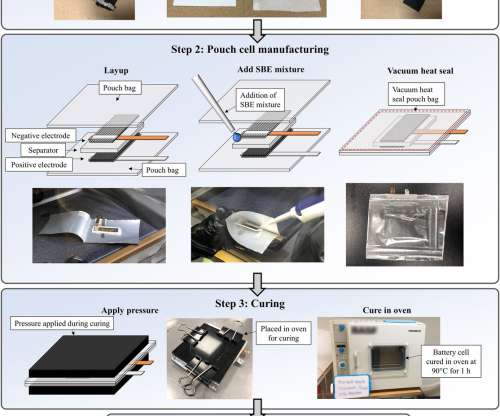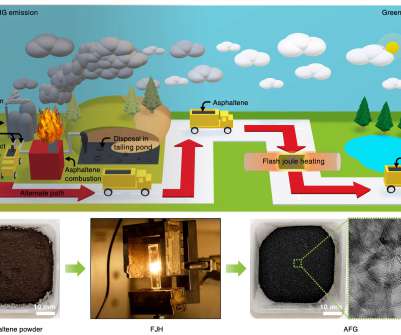SoCalGas, partners developing technology to make carbon fiber during hydrogen production from methane; reducing the cost of H2 and cutting GHG
Green Car Congress
JANUARY 5, 2018
(SoCalGas) is partnering with a development team to advance a new process that converts natural gas to hydrogen, carbon fiber, and carbon nanotubes. The technology commercialization team includes SoCalGas, C4, Pacific Northwest National Laboratory (PNNL) and West Virginia University (WVU).






































Let's personalize your content